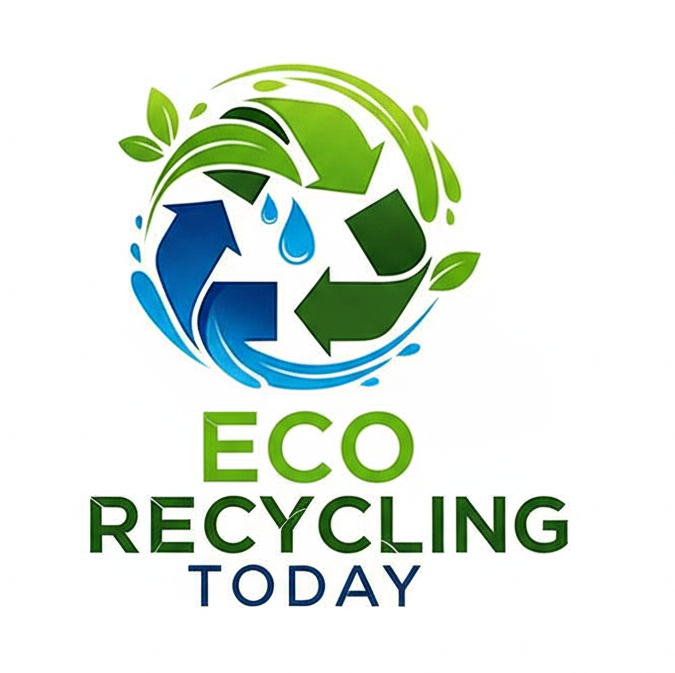The fashion industry is responsible for over 92 million tons of textile waste every year. With fast fashion on the rise and landfill capacities under pressure, the need for smarter textile recycling solutions has become urgent. AI-powered sorting systems—the cutting-edge technology are redefining how we manage and recycle textile waste.
What Is an AI-Powered Textile Sorting System?
An AI-powered textile sorting system is an advanced solution that combines machine learning, computer vision, and robotic automation to identify, classify, and sort textiles by fiber type, color, and condition. These systems offer a faster, more accurate alternative to traditional manual sorting.
How AI Textile Sorting Works
AI sorting systems use a range of technologies to analyze textiles in real time:
- Near-infrared (NIR) spectroscopy: Detects fiber composition (e.g., cotton, polyester, wool, etc.)
- Computer vision: Recognizes patterns, colors, and damage levels
- Machine learning algorithms: Improve sorting accuracy by learning from previous data
- Robotic actuators: Automatically separate textiles into categories for reuse or recycling
Benefits of AI-Powered Textile Sorting
1. Fiber-Level Sorting
AI systems can distinguish between mixed fibers (e.g., cotton-polyester blends), which are typically difficult to separate manually. This improves the quality of recycled fibers and supports closed-loop recycling.
2. Reduced Landfill Waste
Accurate sorting means more textiles can be reused or recycled instead of ending up in landfills. AI systems help capture valuable materials that would otherwise be wasted.
3. Scalability
AI sorting systems can process tons of textiles per hour, making them ideal for high-volume recycling operations.
4. Labor Efficiency
These systems reduce the reliance on manual sorting, cutting down labor costs and minimizing human error.
5. Support for Circular Fashion
With better sorting, brands can close the loop by turning old garments into new textiles—fueling a more sustainable, circular economy.
Industry Applications
AI-powered textile sorting systems are now being implemented in:
- Clothing donation centers
- Industrial textile recyclers
- Fashion brand take-back programs
- Municipal recycling programs
In Sweden, an AI-enabled textile sorting facility has been able to sort 24,000 tons of textiles per year with up to 95% accuracy. The system identifies 45+ different fiber types and separates them in real time—dramatically increasing the reuse and recycling potential.
Future Trend
AI technology in textile recycling is still evolving, with exciting innovations on the horizon:
- On-site scanning for fashion retailers
- Global textile traceability with blockchain
- Automated disassembly of garments
- Integration with fashion e-commerce returns
AI-powered textile sorting systems are revolutionizing the way we approach fashion waste. By boosting efficiency, accuracy, and sustainability, they offer a scalable solution to one of the fashion industry’s most pressing problems. Embracing this technology is key to building a more circular and responsible future for textiles.
